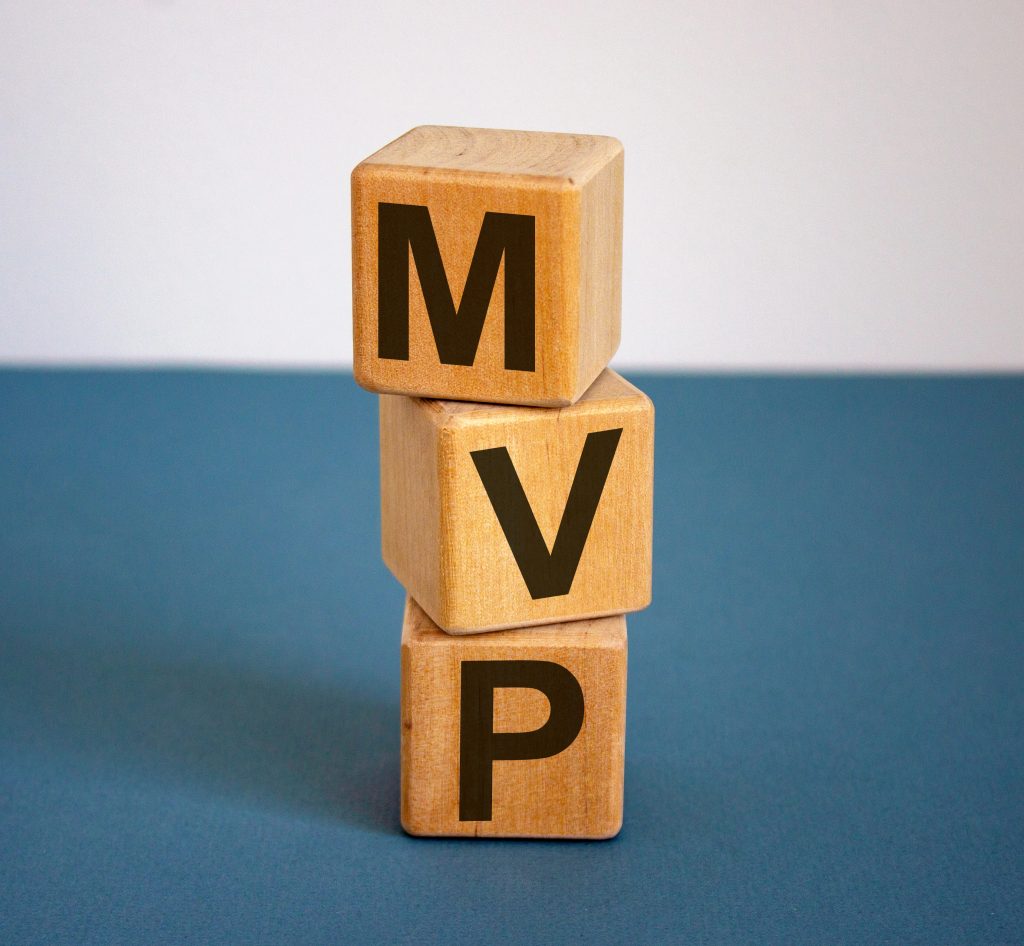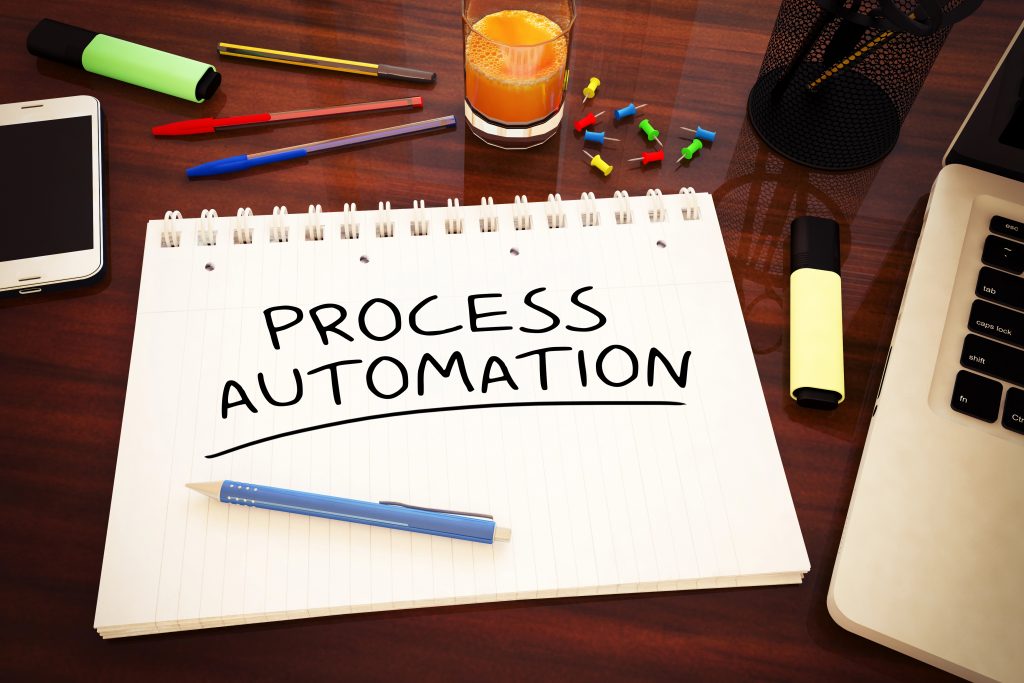Embarking on the journey of implementing a Learning Management System (LMS) can be both exciting and overwhelming. Whether you’re a first-time administrator or transitioning from another platform, it’s easy to get swept up in the possibilities that a new LMS brings. But with that excitement can come the reality of complex decision-making, shifting timelines, and unexpected challenges. From content creation to system configurations, and user management to reporting, it’s easy to let yourself become overwhelmed.
However, while there’s no “perfect” LMS implementation, there’s great value in creating a practical, manageable approach to success. In this article, we’ll talk about some key areas to focus on, and why those areas wind up mattering. By breaking down the process into manageable milestones, staying flexible, and continually iterating on feedback, you can make your LMS an invaluable tool for both your learners and your organization.
Set Milestones, not Deadlines
When planning your LMS implementation, it’s easy to get excited about all the possibilities, but it’s easy to overlook the time investment that’s actually required to get your platform off the ground. Every LMS implementation—every large service that is added into an organization’s ecosystem—will encounter roadblocks. These could include delays in content creation, technical issues with integrations, or a learning curve for the service.

The best approach is to set Milestones, not just Deadlines. Instead of simply setting a hard end date, break the project into smaller, manageable milestones. For an LMS setup, these milestones might include “upload my first SCORM”, “build my own quiz”, “create my first users”, and “set up reporting on that course”. These smaller goals will help make the project as a whole more manageable (and delegate-able), while also allowing flexibility to adjust as needed.
Have a Content Strategy
One of the biggest oversights in LMS implementations is content preparation. Many organizations rush into choosing an LMS before having a clear plan for the actual learning content. This can lead to delays, frustration, and unexpected costs if content creation isn’t properly factored into the timeline and budget.
Before throwing yourself into a Learning Management System, decide how you will approach training content. The budget-friendly option is to create your own, but this can be time-consuming and, depending on the subject, may require introducing a licensed professional into the equation. The fast-launch approach is to leverage pre-made content, but be prepared to significantly increase your budget for these resources, as buying or licensing content doesn’t always come cheap.
A popular approach is to take advantage of pre-made content as a stop-gap solution while in-house content is authored and slowly replaces the pre-made. This gets the best of both worlds, as the content is ready from the word “go”, but the long-term costs of that content dwindle as your own content gradually replaces it
A final note regarding content is that it’s tempting to think that more content means better training, but this can often lead to bloated, unfocused learning experiences. It’s important to prioritize content quality and relevance over quantity. Well-crafted, engaging learning experiences that meet your users’ needs will have far greater impact than a large library of generic materials, that people won’t use.
Avoid Feature Paralysis
It’s easy to get distracted by the extensive suite of features that many contemporary LMS platforms offer, but it’s important to partition what is important for launch versus what is a nice addition. While it may be tempting to implement every shiny new feature, it’s important to prioritize the functionalities that will drive the greatest value for your learners and admins. Off-the-shelf Learning Management Systems have to cater to a wide audience of organizations and needs, so you shouldn’t feel compelled to leverage every feature from the LMS you go with – those tools might work for your organization, but you also may not be the target audience for them.

When you’re getting started with an LMS, one of the most useful exercises is to identify the “user lifecycle.” This covers everything from how the users will be created to getting into the system to when their time in the system should conclude.
But more importantly, it defines what the user should be doing while interacting with the LMS. That may be delivering training, tracking progress, or offering certifications; once you understand the key use cases, prioritize them. Don’t dilute the user experience before it has a chance to launch. Once the project is finished, then it’s time to iterate; expand on the features that get use, and retire or rethink your approach to features that aren’t landing. It’s important that you deliver something.
Deliver Something
Perfection is the enemy of progress, and it is as true as ever when it comes to rolling out a new LMS. There’s a temptation to constantly tweak and refine the system, where you may find yourself using features just because they come with your system, or endlessly modifying every user interface before a user has ever seen the system. But in doing so, you risk falling into the trap of the endless alpha—where your system never actually launches because you’re always striving for that “perfect” version.
The MVP
In your endeavors into LMS research, you will no doubt become familiar with the phrase “we want to go live by this date”. But what that means is rarely well defined; loosely speaking, there’s an assumption that users should be able to log in by that date. Here it where’s it’s important to define your MVP.

The term “Minimum Viable Product” (MVP) has a mixed reputation, but when it comes to launching your LMS, it’s important to decide early on what you need to go live, while addressing the biggest pain points for your organization. Once you’ve met your defined MVP, *then* you can strategize your launch.
An LMS is a dynamic tool that will evolve over time, and the initial release is just the foundation on which improvements will be made. A “launch and learn” mindset lets you take action, even if everything isn’t perfect, and continuously refine the system based on real-world usage. You can always add more features later, after getting real user feedback.
Define the Culture
No system will be flawless from the start, and Learning Management Systems are large scale endeavors, with nuance differences in how each one stores data, delivers contents, and reports on them. And that is putting their differences mildly. Plunging into a new LMS will be intimidating, and may not structure your content the way you’re hoping on your first attempt. But instead of suffering these missteps as failures, take a moment to assess the “why” of this situation. Leaning with the LMS’s approach may open up new dynamics that aren’t otherwise possible.
Some of the best advice for potential admins is to understand there will be a learning curve with any system. Mistakes are inevitable, but how you handle them can make all the difference. With most paid Learning Management Systems, you will likely have a dedicated representative from that company to assist with your rollout; stay in contact with them, and keep them up to date on your milestones, and challenges you’re encountering as you strive towards them. Your representative is familiar with your system, and should be leaned on to help prevent burnout and frustration
And the last bit to emphasize here is to be adaptable. Each LMS is going to operate slightly differently, and that will likely mean the way you achieve your goals may not conform 100% to the tools each LMS offers. Our suggestion is to lean into that system’s delivery style. Not only is it easier to go with the breeze, but it likely allows you to take advantage of other tools in that system because of it.
Plan to Automate
Once your LMS is live, the focus shifts from implementation to optimization. To ensure smooth, efficient operation with minimal manual effort, automating routine tasks is essential. Automations not only free up your time for more strategic initiatives, but they also maintain a consistent, high-quality user experience.

The most impactful automations often revolve around enrollment, reporting, and certification. Depending on your organization’s needs, some of these may not apply—for example, in a sales-driven model, enrollments might happen automatically upon purchase. However, the more you can automate, the more streamlined and efficient your system—and by extension, your entire organization—becomes.
After launch, take time to review your training content and explore where automation can enhance the learning experience. For instance, you might set up automations to unlock course modules once learners hit certain milestones. By tying content delivery to learner progress, you can create a personalized experience while minimizing administrative tasks.
Use Your Reports
A key aspect of effectively managing your LMS is measuring its performance and tracking how users are engaging with the content. Reporting tools within your LMS give you the insights needed to troubleshoot issues, monitor user engagement, and ensure that learning objectives are being met. By consistently tracking key metrics, you can assess the success of your training programs and make data-driven decisions about how to improve.
One of the most important metrics to track is learning effectiveness. This data helps you understand if the training is achieving its intended results or if certain areas need improvement. If learners are struggling with specific content or concepts, these insights can guide adjustments to the course material to better support their needs.
Another major area to monitor is learner engagement. Tracking metrics like how often learners log in, how much time they spend on courses, and how actively they interact with various content types can provide valuable feedback on the user experience. Low engagement may suggest that the course design needs rethinking, the navigation needs simplification, or perhaps more interactivity should be considered. By continuously monitoring engagement, you can make adjustments that will better hold the learners’ attention and keep them motivated.

Finally, don’t overlook administrative efficiency. Reporting also extends to the back-end processes of the LMS. Are your automations functioning as expected? Are learners being enrolled correctly, and are courses being assigned properly? Are reminders and notifications being sent on time? By keeping track of these operational metrics, you can ensure that the system is running smoothly and that your administrative workload remains manageable.
Iterate on Feedback
Launching your LMS is a major milestone, but it’s important to remember that the work doesn’t stop there. The true success of your system lies in its ability to evolve and improve over time. The beauty of having a live system is that it is no longer a static product—it’s a dynamic tool that can be continuously refined based on real-time feedback from your users.
As soon as the LMS is up and running, user feedback becomes invaluable. Regularly collecting feedback through surveys or direct interactions provides you with crucial insights into how learners are experiencing the system. This input should be used to drive improvements and inform future updates.
Additionally, it’s important to remain aware to evolving needs. Your organization’s goals, user expectations, and even industry trends will evolve over time. A successful LMS is one that adapts to these shifts. This ongoing adaptability ensures that your LMS remains an effective tool for your organization, and competitive in a constantly changing landscape.

Rather than waiting for a major overhaul, focus on making regular, incremental improvements to the system. This might involve small adjustments to the user interface, optimizing system performance, or adding new content and features that reflect the changing needs of your learners. Regular updates help prevent the system from becoming stagnant and ensure that it stays aligned with the evolving expectations of users and stakeholders.
Lastly, as you continue to iterate on the LMS, it’s essential to assess its long-term impact. By periodically evaluating the LMS’s performance, you can ensure that the platform remains a valuable asset for your organization and justify continued investment in its development.
Elearning and LMS Integration
Finally, it’s essential to understand that elearning and LMS are tightly intertwined. While an LMS acts as the backbone of your organization’s training infrastructure, the elearning content it delivers must be constantly evolving to meet learner needs. By staying adaptable, both your LMS and elearning strategies will support each other, ensuring that the learning experience remains relevant, engaging, and effective.
Closing Thoughts
Implementing an LMS is a significant undertaking, but it’s also an opportunity to create a learning environment that evolves with the needs of your organization, and its users. While the work involved in setup can feel daunting, remember that launching your LMS is just the beginning. Success doesn’t come from perfection, but from being adaptable, and continually refining the system based on real-world feedback. By setting clear milestones, automating routine tasks, using data to measure success, and remaining flexible to change, you’ll set yourself up for sustainable success.
The key takeaway is this: your LMS will never be “done”—it will always be a work in progress. But with each iteration, your LMS will come closer to perfection—just remember that perfect is gained through these iterations. Embrace the journey, stay committed to ongoing optimization, and don’t be afraid to course-correct along the way. With the right mindset and strategies, your LMS will become a powerful, long-term tool for your organization.
Atrixware is at the forefront of the e-learning revolution with Axis LMS, offering a dynamic and continuously evolving solution for organizations striving to improve their training programs. We understand that a perfect LMS doesn’t come overnight—it’s the result of consistent iteration and thoughtful optimization. Our team works closely with clients to tailor Axis LMS to their specific needs, whether it’s enhancing employee performance, streamlining compliance training, or improving customer onboarding. With our innovative approach and dedicated support, Atrixware empowers organizations to refine their LMS strategies and stay ahead in an ever-changing digital landscape.